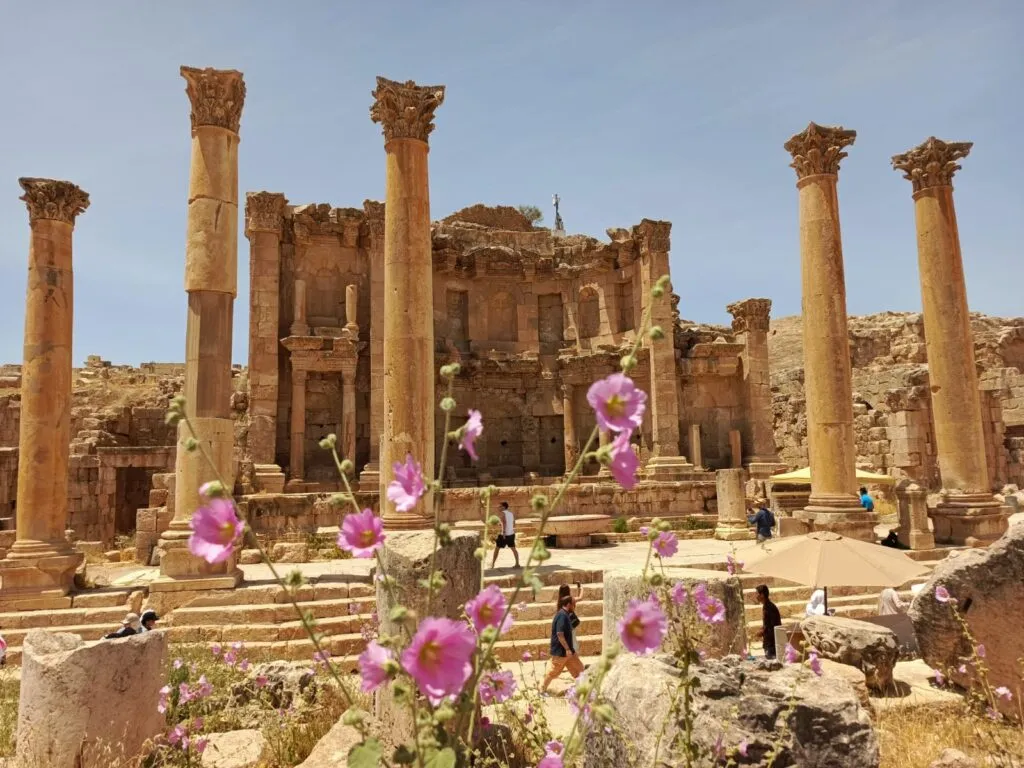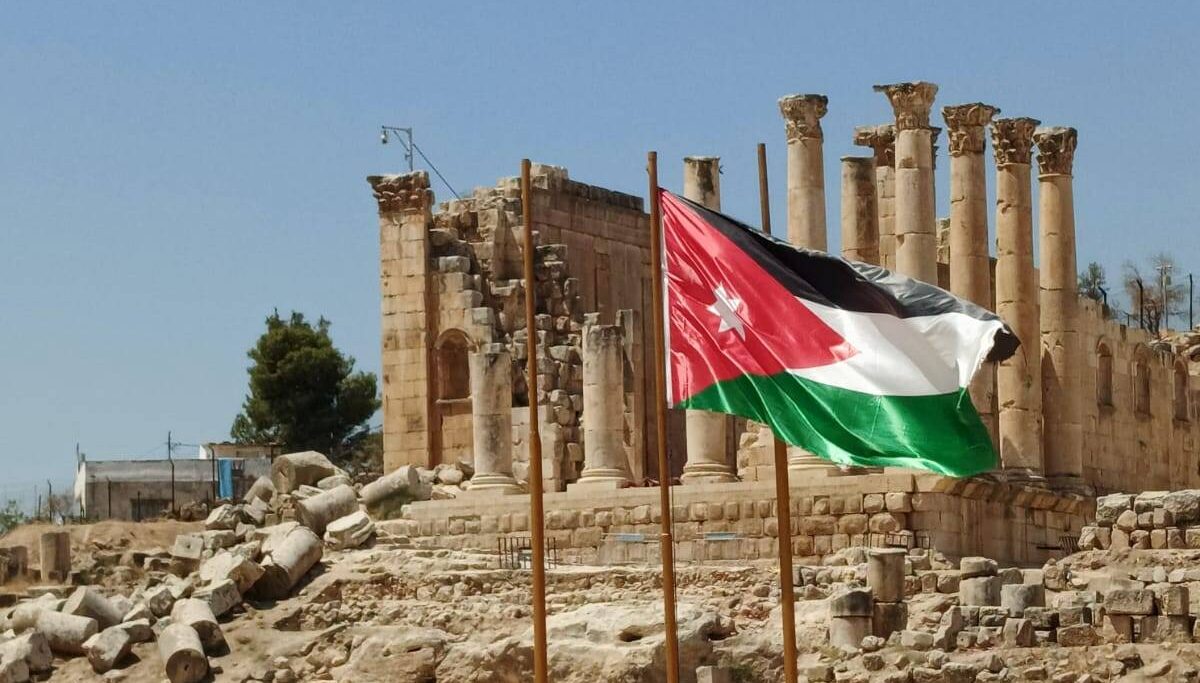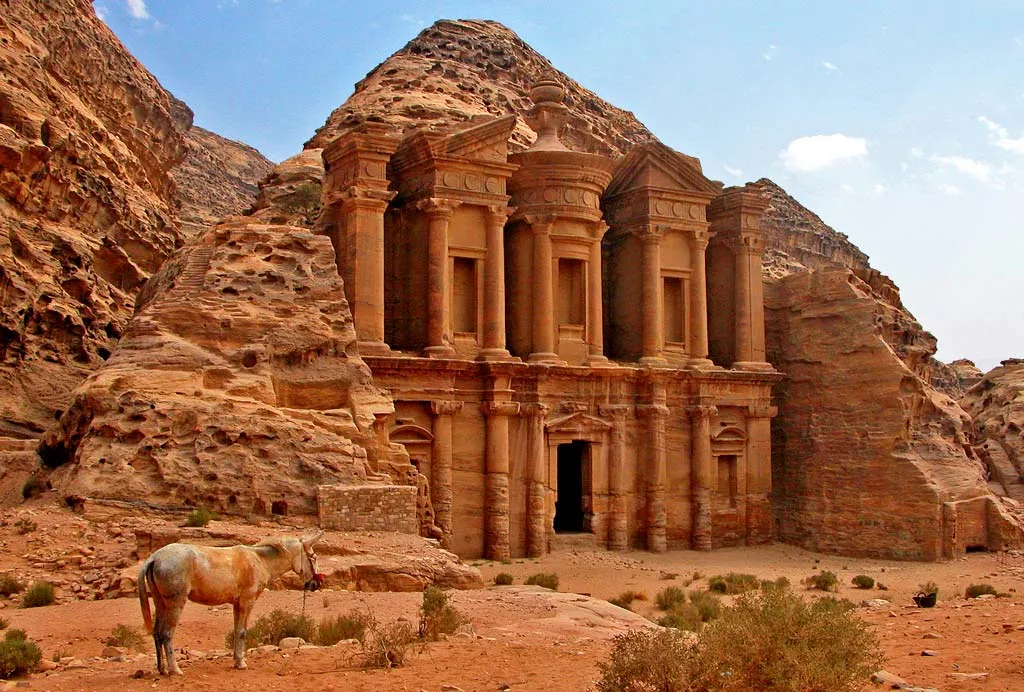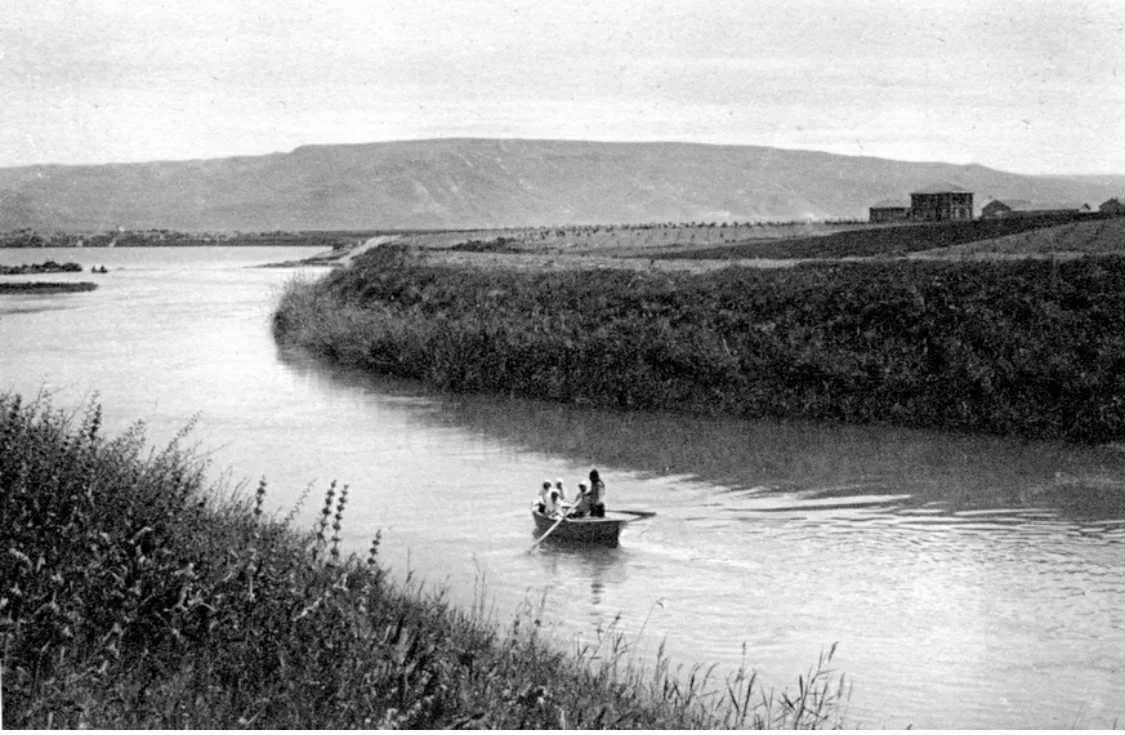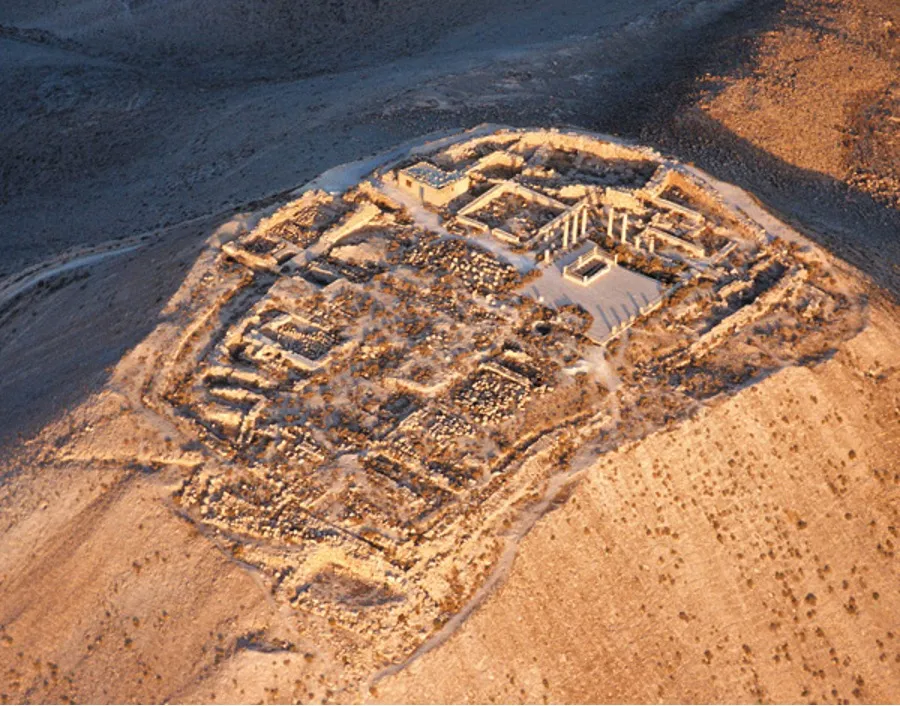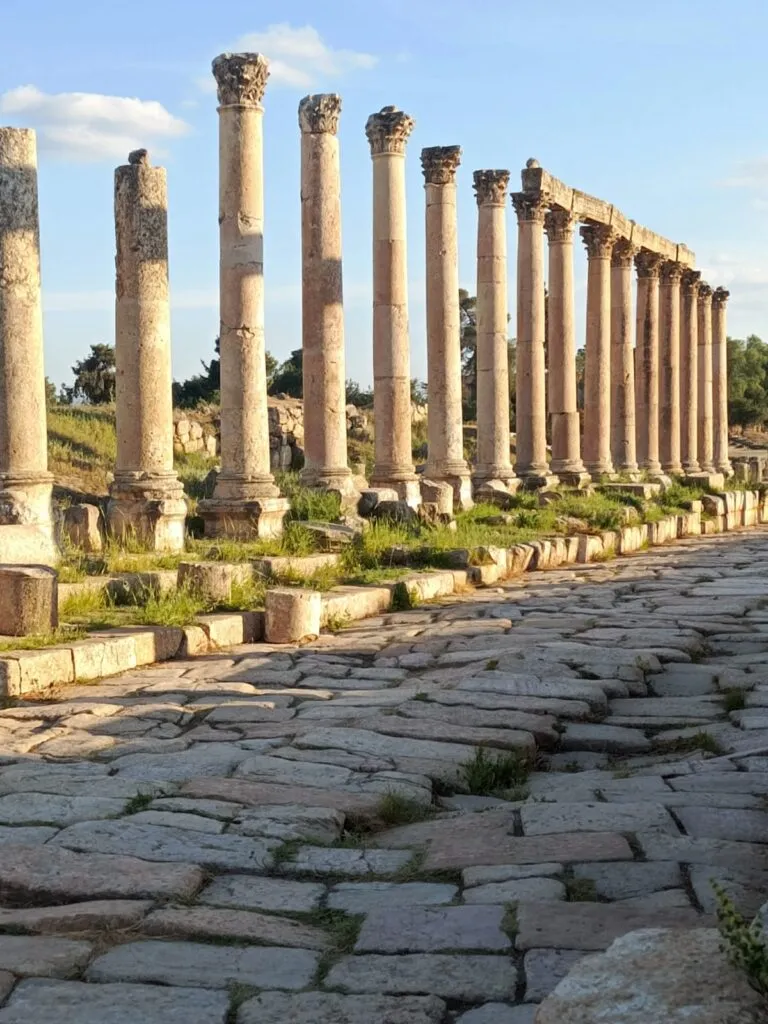
Step into Jerash, where every stone whispers Rome’s legacy. Once “Antioch on the Chrysorhoas,” today it stands as the best-preserved Roman city in the Near East—Jordan’s own rival to Pompeii.
In the heart of northern Jordan lies Jerash, a city where history unfolds in stone. Today it is renowned as the best-preserved Roman provincial city in the Near East, rivaled only by Pompeii. Known in antiquity as Gerasa, its foundation is often traced to the Hellenistic era, when it was likely established as a Seleucid colony—sometimes called “Antioch on the Chrysorhoas.” The decisive moment in its rise came with Pompey’s annexation of the region in 63 BCE, placing Gerasa firmly within the Roman orbit.
As part of the Decapolis, Jerash thrived on regional trade and fertile lands, enjoying a measure of civic autonomy. The city blossomed into a model of Roman urbanism. Its colonnaded cardo, intersecting decumani, and extraordinary oval forum created a civic landscape designed for movement, ritual, and spectacle. Temples honoring Zeus and Artemis anchored the spiritual life of the city, while two theatres, a nymphaeum, expansive baths, and the impressive hippodrome spoke to leisure and civic pride. Hadrian’s Arch, built in 129/130 CE, still greets visitors as a monumental reminder of imperial presence.
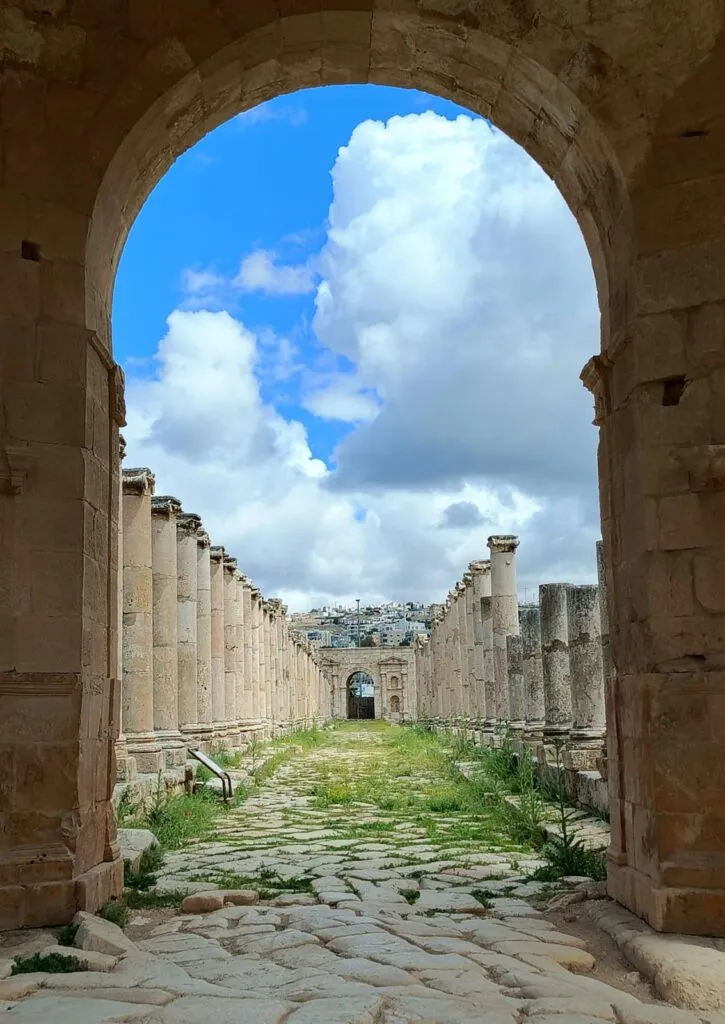
Jerash was not only an architectural marvel but also an intellectual center. It was the birthplace of Nicomachus of Gerasa, a celebrated mathematician and music theorist of the 2nd century CE, whose writings secured the city a place in the cultural history of the Roman Empire. The administrative reorganization of 106 CE, which incorporated Gerasa into the province of Arabia, deepened its integration into imperial structures, while generous civic patrons financed marble colonnades and monumental façades that reinforced its grandeur.
With the coming of Christianity, Jerash entered a new chapter. Between the 4th and 7th centuries, it emerged as a vibrant Christian center. Archaeological discoveries reveal no fewer than a dozen churches, including the Cathedral complex and remarkable triple-church arrangements. The Church of the Apostles and Martyrs, built in 465 CE, reflects the shift toward Byzantine architectural idioms. Mosaics and inscriptions illuminate a community where Christians, Jews, and soldiers coexisted, adding further texture to the city’s diverse social fabric.
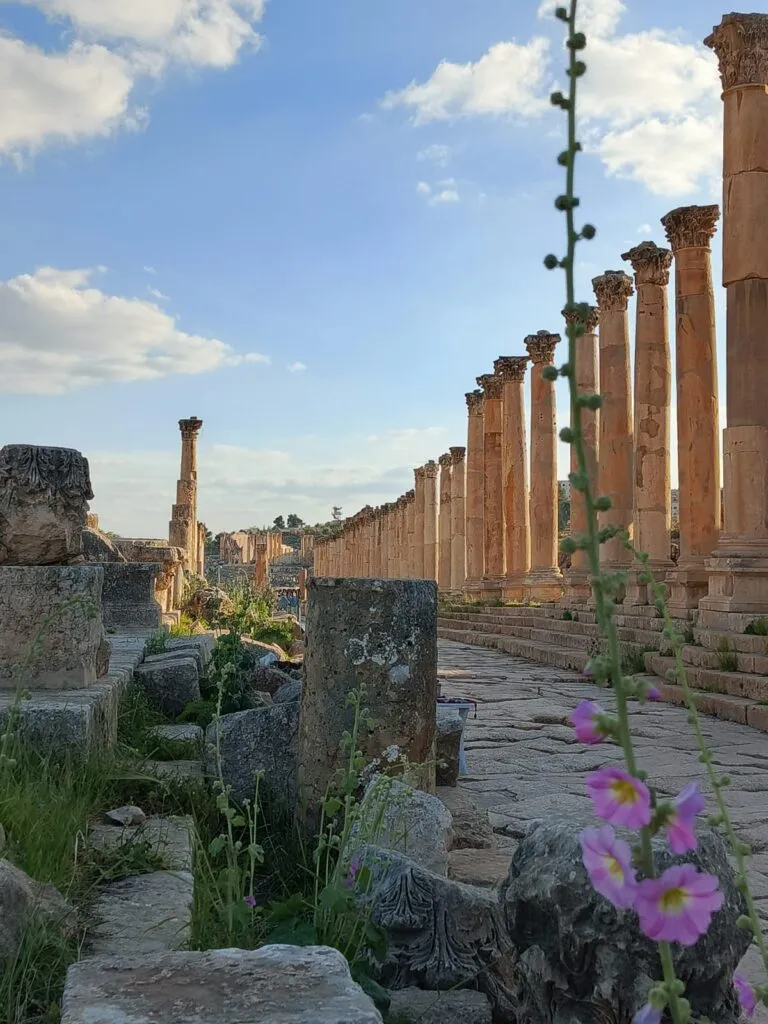
The mid-8th century earthquake, most often dated to 749 CE, marked a dramatic rupture. Much of Jerash was devastated, and its decline accelerated during the early Islamic period. Though reoccupied in modest ways, including a Crusader-era fortification, the city never regained its former prominence.
Systematic exploration of Jerash began in the early 20th century with the Yale–British School expeditions, and research continues today. Excavations in the Northwest Quarter, a previously overlooked district, have uncovered domestic spaces, workshops, and evidence of daily life that enrich our understanding beyond the monumental core.
Jerash endures as a layered chronicle of civilizations: Hellenistic ambition, Roman power, Byzantine faith, and the resilience of communities who adapted through change. Each column, mosaic, and ruined arch adds depth to a narrative of glory, endurance, and rediscovery that makes Jerash one of the most compelling archaeological cities in the world.
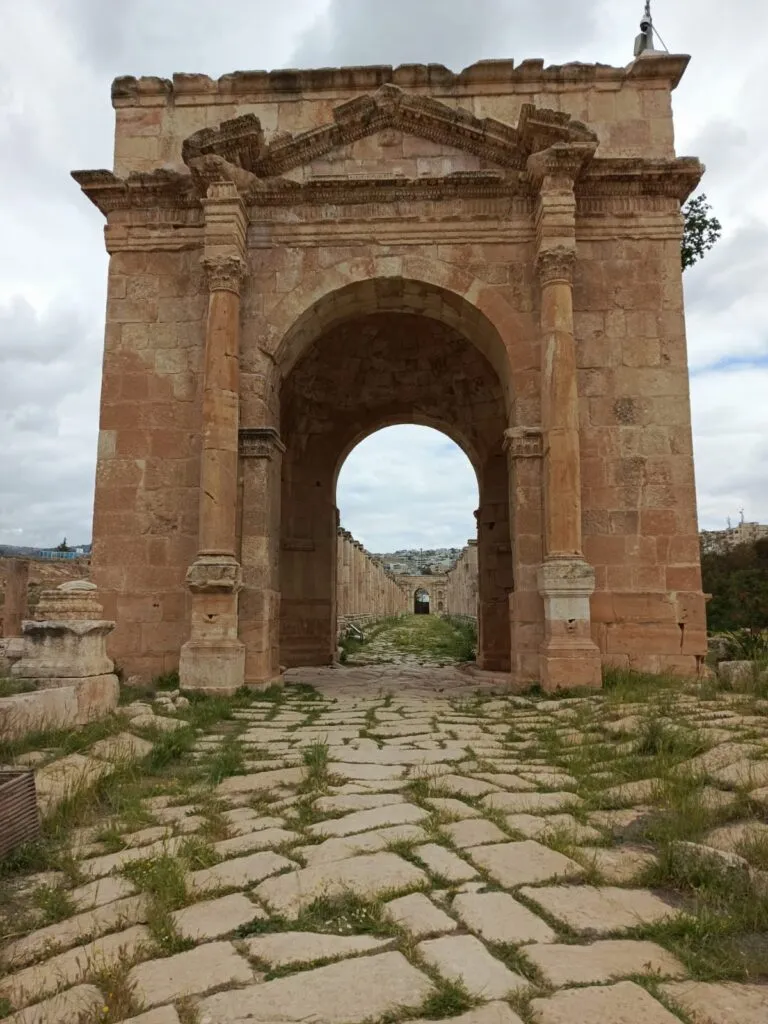
Ancient Stones of Jerash Echo Modern Art
Every summer, the ancient city of Jerash awakens in a celebration that transcends time. Amid the towering columns, colonnaded streets, and arches that whisper stories of Roman grandeur, the Jerash Festival for Culture and Arts transforms history into a living stage.
Inaugurated in 1981, the festival was born as a tribute to Jordan’s rich heritage and an invitation to the world to witness its artistic heartbeat.
Over the decades, the festival has become more than a local celebration. It is perceived as a cultural beacon that draws thousands of visitors from around the globe.
From the mesmerizing rhythms of traditional folk dances to the soaring notes of classical music, from theatrical performances to poetry readings, the festival bridges eras and continents.
International artists share the stage with Jordanian talent, fostering dialogue, creativity, and a mutual appreciation of culture, each performance feels like a conversation across millennia, where the past meets the present and every stone seems to resonate with applause.
Today, the Jerash Festival stands not only as a hallmark of Jordanian identity but as a globally recognized celebration of artistic innovation and human expression.
